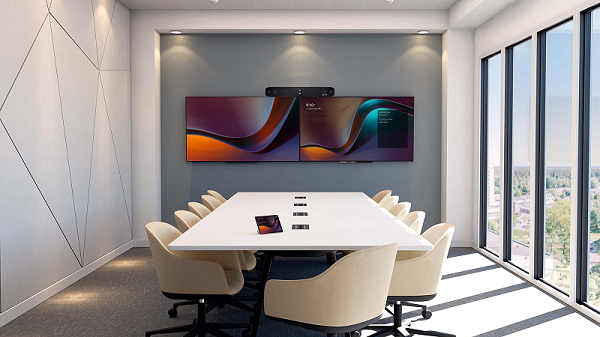Pinpointing the Catalysts for Conference Room Solution Market Growth

The sustained expansion of the conference room solution sector is not accidental; it is being propelled by a set of powerful, interconnected catalysts that are reshaping the modern workplace. Understanding the drivers behind the Conference Room Solution Market Growth is key to appreciating its future potential and strategic importance. These drivers range from profound shifts in work culture to specific technological advancements that are making collaboration tools more powerful and accessible than ever before. Financial projections underscore this momentum, anticipating the market will expand from a solid $22.26 billion in 2025 to a commanding $42.38 billion by 2034, all sustained by a robust compound annual growth rate of 7.41%, which highlights the enduring nature of these growth catalysts.
The most profound catalyst is the institutionalization of the hybrid work model. What began as a temporary response to a global crisis has now become a permanent feature of the corporate landscape. Businesses are redesigning their offices to be centers for collaboration rather than just places for individual work. This office transformation project is a massive driver of growth, as nearly every meeting room needs to be equipped or retrofitted with technology that can seamlessly connect on-site and remote employees. The push for "meeting equity"—the idea that all participants should have an equal ability to contribute, regardless of their location—is forcing companies to invest heavily in high-quality video and audio technology, creating a massive and ongoing wave of demand that is the primary engine of market growth.
Technological innovation, particularly in the realm of artificial intelligence (AI), is another major growth driver. AI is moving conference room solutions from being passive communication tools to active, intelligent assistants. AI-powered features such as intelligent speaker tracking, automatic framing of participants, background noise suppression, and real-time transcription and translation are no longer futuristic concepts but are becoming standard features. These capabilities provide tangible improvements in meeting productivity and inclusivity, creating a compelling business case for investment. As AI continues to evolve, offering capabilities like automated meeting summaries and action item tracking, it will provide a continuous incentive for organizations to upgrade their systems, thus fueling a sustainable growth cycle.
A third key driver is the simplification and standardization of the user experience. In the past, video conferencing systems were often complex and required IT support to operate, which created a barrier to adoption. The rise of platform-based solutions like Microsoft Teams Rooms and Zoom Rooms has introduced a standardized, intuitive interface that is consistent across all rooms, from small huddle spaces to large boardrooms. This "one-touch join" simplicity has dramatically increased usage and user satisfaction. Furthermore, cloud-based management portals allow IT teams to deploy, monitor, and troubleshoot entire fleets of rooms from a single dashboard. This combination of user-friendliness and administrative scalability makes it feasible for companies to equip hundreds or even thousands of rooms, driving the volume and scale necessary for market expansion.
Explore Our Latest Trending Reports:
- Memes & Cultura da Comunidade
- Artigos e Análises
- Pessoal
- Oportunidade
- Projeto
- Conhecimento
- Dúvidas & Pedidos de Ajuda
- Reflexões & Opiniões
- Tendências
- Παιχνίδια
- Lançamentos & Anúncios
- Saúde & Bem Estar
- Eventos & Convites
- Conteúdo Técnico
- Entretenimento
- Networking
- Festas & Festivais
- Religião
- Iniciativas de Impacto


